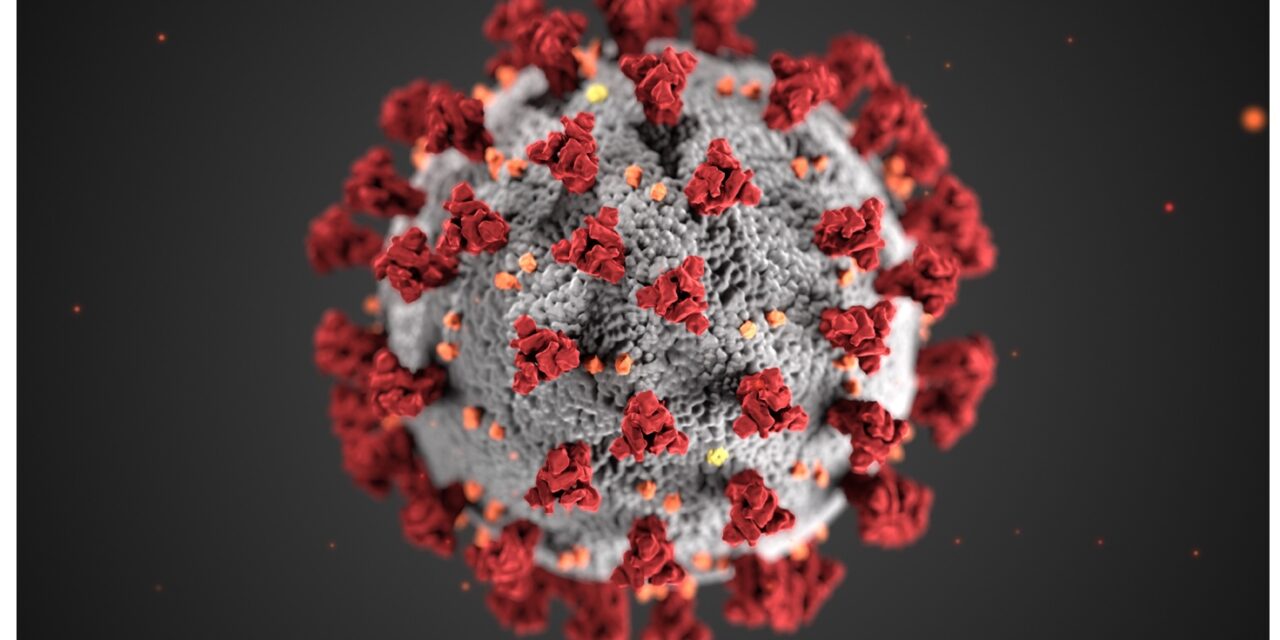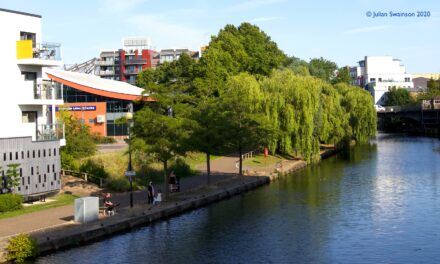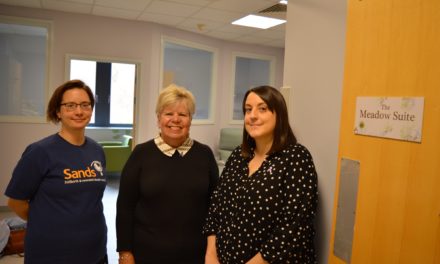Norfolk County Council has issued the latest set of lockdown rules and guidance on behalf of the Norfolk Resilience Forum. They have issued the following press statement for publication today:
“Today, Norfolk enters the next stage of restrictions in Tier 2 – the second of the three new tiers.
This is the time for Norfolk residents to work together, to remain cautious and to keep our distance from others, in order to drive our rates of infection down before Christmas.
Tier 2 means that people will only be allowed to meet in groups of up to six when they are outside (The rule of 6) but there cannot be any mixing of households anywhere indoors, both at home and when in a public place, with the exception of support bubbles. There are also restrictions on how businesses operate, particularly around opening hours, and what people can do as part of an organised sport.
The rules around support bubbles (where a single-adult household can group with another household as if they were one) have been extended to help families with very young children or with continuous care needs. There is also a set of rules around childcare bubbles that apply to families with children under the age of 14 (as well as vulnerable adults). For full details see https://www.gov.uk/guidance/tier-2-high-alert
You should continue to follow social distancing guidance with people outside of your household or support bubble. This is critical to keeping you, your family and your friends as safe as possible.
The start of this next phase comes as rates of the virus in many areas of Norfolk continue to drop slightly, reflecting the national trend following lockdown, which came into effect on November 5. However, not all areas of the county have seen such figures.
Cllr Andrew Proctor, Leader of Norfolk County Council and Chair of the Norfolk Engagement Board, said: “While our aim was to leave the national lockdown in Tier 1, being in Tier 2 with much of the rest of the country, means we do face further restrictions so we must now work together towards a sustained decline in the virus to help us to return to lesser restrictions as soon as possible.
“It is essential that we stick to the rules, work together to protect ourselves, our loved ones and our county and ensure that the rates of infection continue to go downwards. The best way to protect ourselves and others is to keep our distance, wash our hands and cover our faces.
“It is also important to understand that people must continue to follow social distancing measures and isolate if they have symptoms, test positive or are asked to isolate by contact tracing teams.”
Chief Constable, Simon Bailey, added “Our journey through this pandemic is not yet over and we must continue to work together to stop the spread of infections. We must all follow the restrictions in Tier 2 wherever we are in the county or country to ensure that we can return to lesser measures as soon as possible.
“These rules have been put in place to protect us all and we need you to work with us and follow them.”
Information on the national tiers is available at https://www.gov.uk/guidance/local-restriction-tiers-what-you-need-to-know#all-tiers
In Tier 2:
you must not socialise with anyone you do not live with or who is not in your support bubble in any indoor setting, whether at home or in a public place
you must not socialise in a group of more than 6 people outside, including in a garden or a public space – this is called the ‘rule of 6’
businesses and venues can continue to operate, in a COVID-Secure manner, other than those which remain closed by law, such as nightclubs
pubs and bars must close, unless operating as restaurants. Hospitality venues can only serve alcohol with substantial meals
hospitality businesses selling food or drink for consumption on their premises are required to:
provide table service only, in premises which sell alcohol
close between 11pm and 5am (hospitality venues in airports, ports, transport services and motorway service areas are exempt)
stop taking orders after 10pm
hospitality businesses and venues selling food and drink for consumption off the premises can continue to do so after 10pm as long as this is through delivery service, click-and-collect or drive-through
early closure (11pm) applies to casinos, cinemas, theatres, museums, bowling alleys, amusement arcades, funfairs, theme parks, adventure parks and activities, and bingo halls. Cinemas, theatres and concert halls can stay open beyond 11pm in order to conclude performances that start before 10pm
public attendance at outdoor and indoor events (performances and shows) is permitted, limited to whichever is lower: 50% capacity, or either 2,000 people outdoors or 1,000 people indoors
public attendance at spectator sport and business events can resume inside and outside, subject to social contact rules and limited to whichever is lower: 50% capacity, or either 2,000 people outdoors or 1,000 people indoors
places of worship remain open but you must not socialise with people from outside of your household or support bubble while you are indoors there, unless a legal exemption applies
weddings and funerals can go ahead with restrictions on numbers of attendees – 15 people can attend wedding ceremonies and receptions, 30 people can attend funeral ceremonies, and 15 people can attend linked commemorative events such as wakes or stonesettings.
organised outdoor sport, and physical activity and exercise classes can continue
organised indoor sport, physical activity and exercise classes will only be permitted if it is possible for people to avoid mixing with people they do not live with (or share a support bubble with). There are exceptions for indoor disability sport, sport for educational purposes and supervised sport and physical activity for under-18s, which can take place with larger groups mixing
you can continue to travel to venues or amenities which are open, but should aim to reduce the number of journeys you make where possible
if you live in a tier 2 area, you must continue to follow tier 2 rules when you travel to a tier 1 area. Avoid travel to or overnight stays in tier 3 areas other than where necessary, such as for work, education, youth services, to receive medical treatment, or because of caring responsibilities. You can travel through a tier 3 area as a part of a longer journey.”






Recent Comments